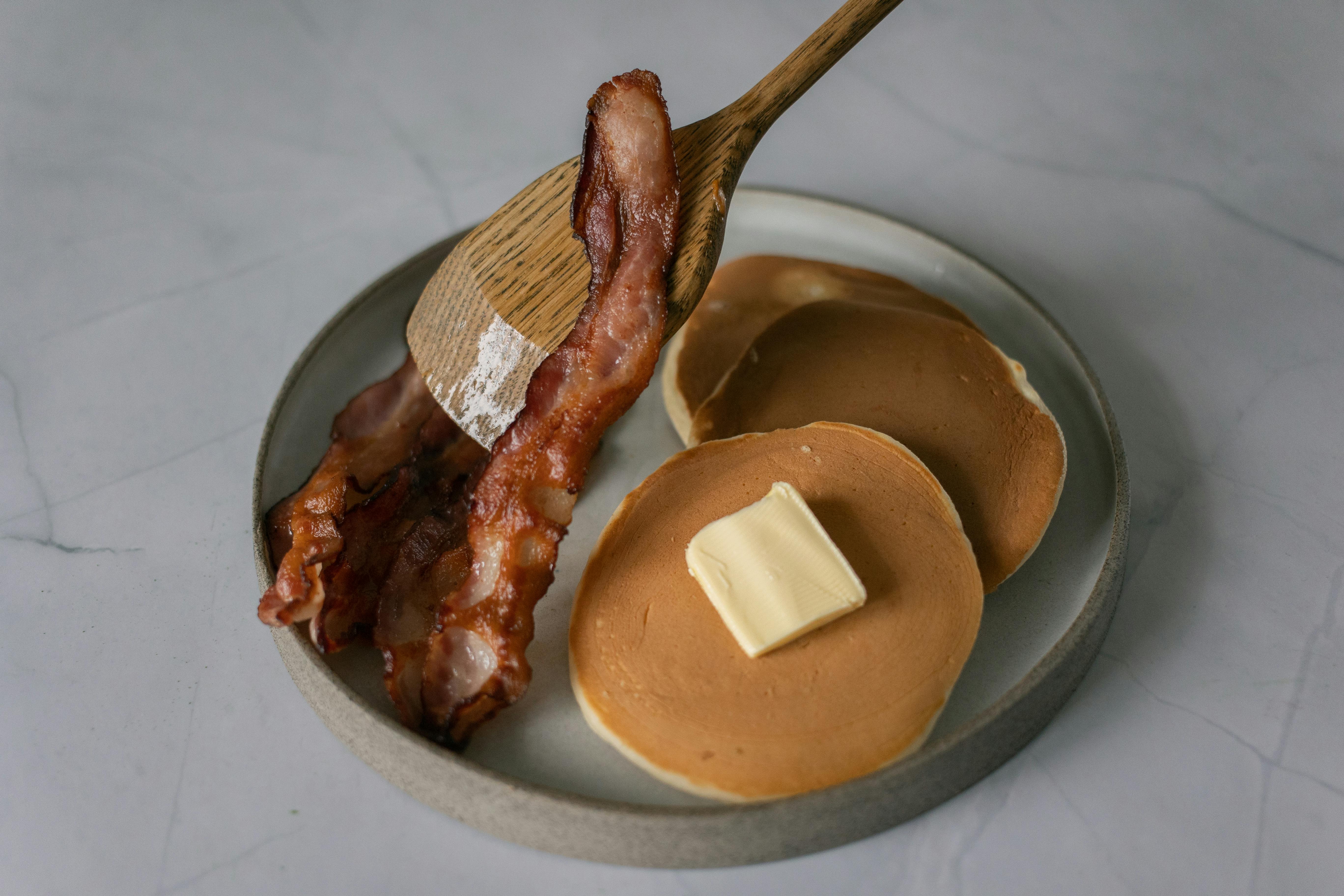Most people don’t like going to see their dentist, let alone getting dental fillings. The two main reasons are:
1) They usually feel pain and expect more pain when filling and drilling, and
2) They worry about how much money it will cost them.
Can you imagine how a dentist feels; Most people don’t like going to see them!
So, can micro-dentistry (also known as minimally invasive dentistry, MID) help?
Yes, it can on the condition that people make regular visits to the dental office every 6 to 12 months. Many people are not aware that tooth decay does not cause pain until the final stages. Just as advice given for early detection of cancer is the best protection, so is it for dental caries.
Microdentistry treats cavities early (when they are very small) before they become painful and cause significant tooth damage resulting in very small dental fillings. This is low cost cosmetic dentistry! My job as a dentist is to provide you with an oral evaluation (digital x-rays, laser diagnosis, and oral physical exam) to determine if your oral health will require micro-dentistry or traditional dentistry.
Traditional (macro) dentistry means those whiny sharp drills and face-numbing anesthesia. Although many people cannot avoid traditional dentistry, most can benefit from micro-dentistry procedures that make their dental experience more pleasant than they have ever experienced in the past.
Microdentistry is the practice of early detection and early treatment with revolutionary, minimally invasive methods.
Please note: Microdentistry cannot be used to remove old amalgam, porcelain, or metal fillings. In these cases, traditional macro-odontology is applied. And it is important that safe amalgam removal procedures are provided.
Lasers are in dentistry!
You see them everywhere. In movies like Star Wars, James Bond and in surgery: corrective eye surgery and for the treatment of skin disorders, to name a few. The reason they are used is that they are accurate and offer the best healing. And now they are in dentistry. For corrective eye surgery, would you go to an eye surgeon who will cut with a scalpel blade or treat with a laser?
What is it? Laser stands for light amplification and allows us to focus light energy for use as a cutting tool. Because we can focus light to any size, we can guarantee unprecedented precision. The Dental Water Laser The water laser offers a gentle alternative to a wide variety of dental treatments. Fillings last longer and tooth structure is preserved, extending the life of your teeth. Above all, it is a generally painless treatment.
The water laser uses a hydrokinetic (TM) process to energize water, which then gently and precisely washes away cavities in both tooth enamel and gum tissue. Fast, efficient, without drilling and sometimes without further anesthetic injections!
The Biolase (TM) water laser is a high power laser used for all aspects of dental surgery. It is a laser that uses water to perform cutting procedures. What happens is that the energy from the laser passes through a mist of water spray. As the water particles are energized by the laser energy, they shoot forward and strike the target tissue. Since most of the cells in the oral tissue are made up of water, they are a perfect target. The water particles hit the cells and evaporate the water content of the cells and the cells collapse. Sounds pretty smooth, huh? Is! Consider the alternative. Imagine in your mind what a scalpel blade or a drill will do to the same cells: pure destruction!
So what can this wonderful tool be used for? “It can be used in all aspects of dentistry,” says Simon Wenley. Now we can make fillings without much fuss. There is no vibration or heat caused to the tooth. This is a huge advantage over the drill. When a drill hits a tooth, it causes fracture lines at the point of entry through the enamel. Over time, these fracture lines propagate (like cracks in the windshield) and cause the tooth or fillings to break. Sound familiar? Also the high speed drill causes heat. This, along with the vibration, causes much of the pain you feel when you go to the dentist.
The laser has none of this! That is why a large amount of filler can now be prepared without the need for local anesthesia! All soft tissue (surgical) procedures can be performed. The biggest advantage is the faster healing time after the procedures. Many times there is no pain and no trace of trauma after surgical procedures. A good example is the recontouring of the gums. Traditionally a scalpel blade and stitches are used. You have the stitches in for 1 week and should allow healing to complete in approximately 3 weeks. The laser does not require stitches and in some cases the healing is in the day!
Cold sores and ulcers can now be closed with a laser. This has immediate relief and also gives a faster healing time. Dental water laser treatment can help with gum disease by cleaning the infection under the gums.
Microdentistry does not weaken the tooth structure as is often the case with traditional (macro) drilling, because less tooth needs to be extracted. The dentist uses loupes to work on the micro levels.
What about gum disease and microdentistry?
Four out of five adults have gum disease. This not only initially results in bleeding gums and bad breath, but will eventually result in bone deterioration and tooth loss. Now with water laser treatment we can finally treat gum disease effectively and with regular treatment it can sometimes result in bone regeneration. Microdentistry is great for kids.
The Kavo Diagnodent (TM) is a low power portable laser.
Used to collect hidden decay. This hides deep in the closed fissures of your tooth. The Diagnodent shines on the tooth and illuminates it. It gets a reflection of the light and gives the dentist a reading between 1 and 100. The dentist can advise you how bad the decay is in your tooth and what to do about it. Read a number of things on your tooth. Two important parameters that it reads are the amount of destruction of the tooth and the amount of activity of the bacteria that cause the decay. It is extremely accurate. Tests have shown it to be 99% accurate. On the same tests, the traditional way of detecting cavities in your tooth by touching your teeth with the probe (that instrument dentists love to use to poke your tooth!) is about 25% accurate. So you might as well flip a coin because this will give you a 50% chance to hit!
Laser diagnostic equipment allows us to find cavities and even potential cavities that would often be missed by traditional manual dental probes and X-rays. This means early treatment and repair before pain sets in and before major repair work is required.
Regular dental visits involving our diagnostic laser equipment will ensure healthier teeth and, in many cases, pain-free fillings! You will save time, money AND pain! Everyone benefits from early detection oral assessments. This technology has allowed me to switch to a mercury amalgam free office. The best investment you can make in the oral health of your children and young people is that micro-dentistry is part of their periodic check-ups.
Many people benefit from microdentistry. Also, if you combine micro-dentistry with caries prevention procedures, you can be sure of your oral health. You no longer have to fear going to the dentist.



